Let’s be real.
It’s not fair that the actions of generations before us have caused a massive climate crisis that our generation is now having to deal with. But that is unfortunately the reality of the situation, and we don’t have time. We all need to do what we can, now. That’s why I am sharing 15 Things I Do To Live More Sustainably.
So many people think their actions, on an individual level, have no impact, that the changes that will have the biggest affect are controlled by the people with power and money. So, you might as well go on living life and let the politicians worry about climate change, right?
Although it’s true that those suited with all the power and the deepest pockets are both the ones adding more fuel to the fire that is climate change, and subsequently the ones who have immense power to create change.
But. As an individual and a consumer, you have a voice. Together we have a big voice, and we’re in this together.
We can show that we want alternatives – we want less flying, less consumption, and less waste. How can we show that’s what we want? By flying less, consuming less, and wasting less.
Supply and demand. If we are not creating a demand for all this stuff, for on-demand flights, for fast fashion, imported exotic fruits, and plate-sized steaks, then the market has no choice but to adapt (i.e. lower) their supply.
So let’s get started! Here are 15 Things I Do To Live More Sustainably, that you should do too!
15 Things I Do To Live More Sustainably
(Almost) all of these take no time or effort at all. A lot of it will actually save you time, money, and make you happier and healthier (promise!)
 Photo by Lisa Fotios/Pexels
Photo by Lisa Fotios/Pexels
1. I recycle
In our household we recycle plastic, paper (including cardboard/packaging), glass, aluminum (cans, tins etc.), electrical waste, and larger items that can be burned (such as wood).
Because there are no bulk or package free stores in Stockholm where I live, most of my shopping happens at regular grocery stores where a lot of stuff is packaged, often in plastic (which sucks). Our recycling fills up and needs to be emptied about once every other week.

2. I Bring My Own Cutlery
This set of bamboo cutlery fits neatly into a kit that I can bring with me on the go.
I rarely get takeaway food so this kit goes with me when I travel. That’s the only time I tend to eat out or grab food on the go. This kit allows me to refuse plastic cutlery. I also have a reusable coffee cup so that I can opt out of one-time-use coffee cups, it’s rare I get takeaway coffee but when I do, I want it in my reusable cup!
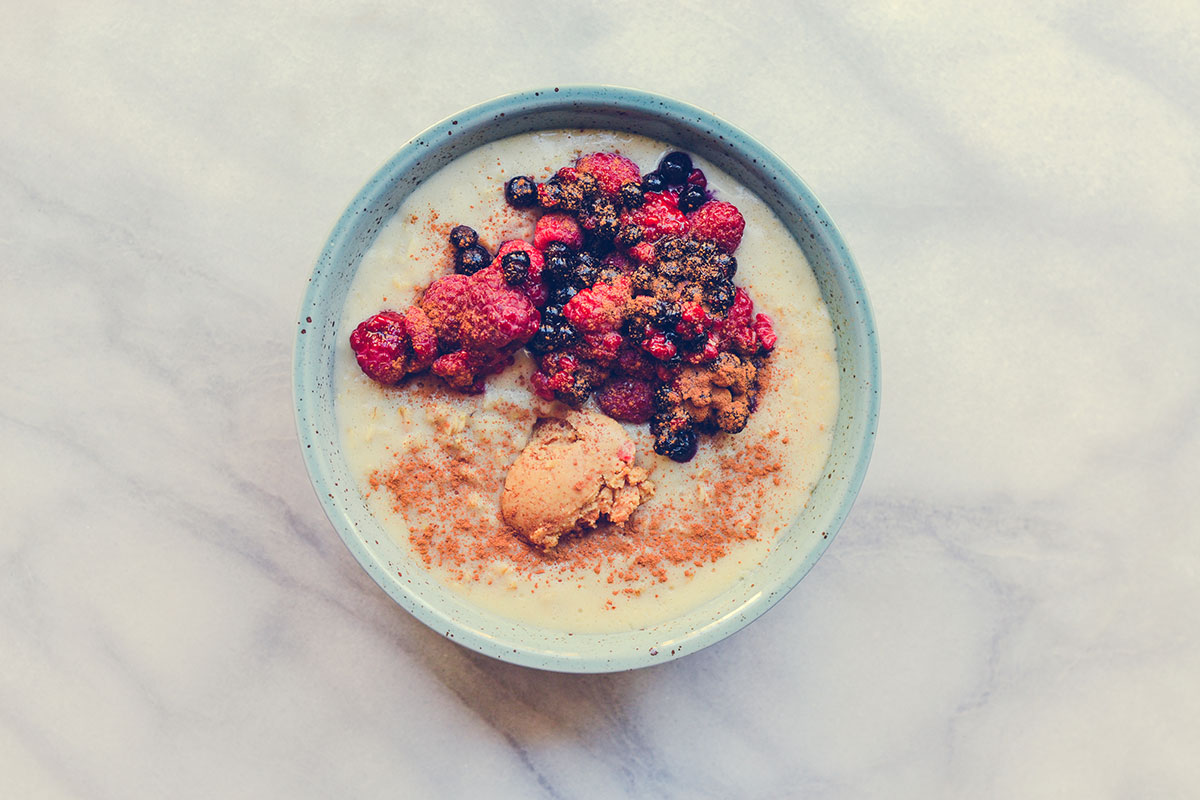
3. Eat vegan
It’s no secret that I mainly eat vegan food. Which is the most sustainable way to eat and the way to eat to combat climate change.
I’m not perfect, but I do my best according to what works for me. You can read more about my approach to eating vegan here (where I talk about why I don’t call myself “vegan”) and here (where I talk about my past with eating disorders, which means I am extra mindful of food restriction).
 Photo by SenuScape / Pexels
Photo by SenuScape / Pexels
4. I avoid flying
My fear of flying has contributed to my limited amount of air travel the past several years. It’s only when it’s been absolutely necessary or someone has spent a long time convincing me, that I’ve flown. I’m extra motivated now to avoid flying because of the horrendous climate impact it has.
This one is a little bit complicated for me though since my family lives in the US (I live in Sweden), and my boyfriend’s family lives in the UK. So, sometimes, especially if I want to see my family in the US, I have no other option than to travel by air.
The most important thing we can all do is cut way down on our vacation flying. Jetting off to a faraway country as soon as we have some time off is so not okay.
When I do have to fly, like just recently when I needed to fly for a funeral, I climate compensate via klimatkompesera.se. That means I donate to projects that reduce, avoid or remove greenhouse gas emissions from the atmosphere. If you’re in the US you can compensate your CO2 emissions from flights (among other things) via Climate Neutral Now or Goclimateneutral.org
So what’s the alternative? Train travel! I am seriously pumped to do some train-tripping through Europe this year or next.

5. I Shop Second Hand
I’m kicking myself that this isn’t something I’ve been doing for ages.
It’s only just recently I had this kind of overwhelming epiphany about clothing consumption and the absolute wastefulness in buying new clothes. I’ve decided I am not going to buy any more new clothes. From now on, when or if I need something, I’m buying it second hand.
In buying second hand, you’re taking a stand against fast fashion and are not contributing to the emissions from the production and transport involved in fashion production (not to mention the unjust and harmful circumstances for the employees in garment factories).
The most sustainable thing to do is of course to use your clothes until they’re properly worn out before buying anything, even if that something is second hand.
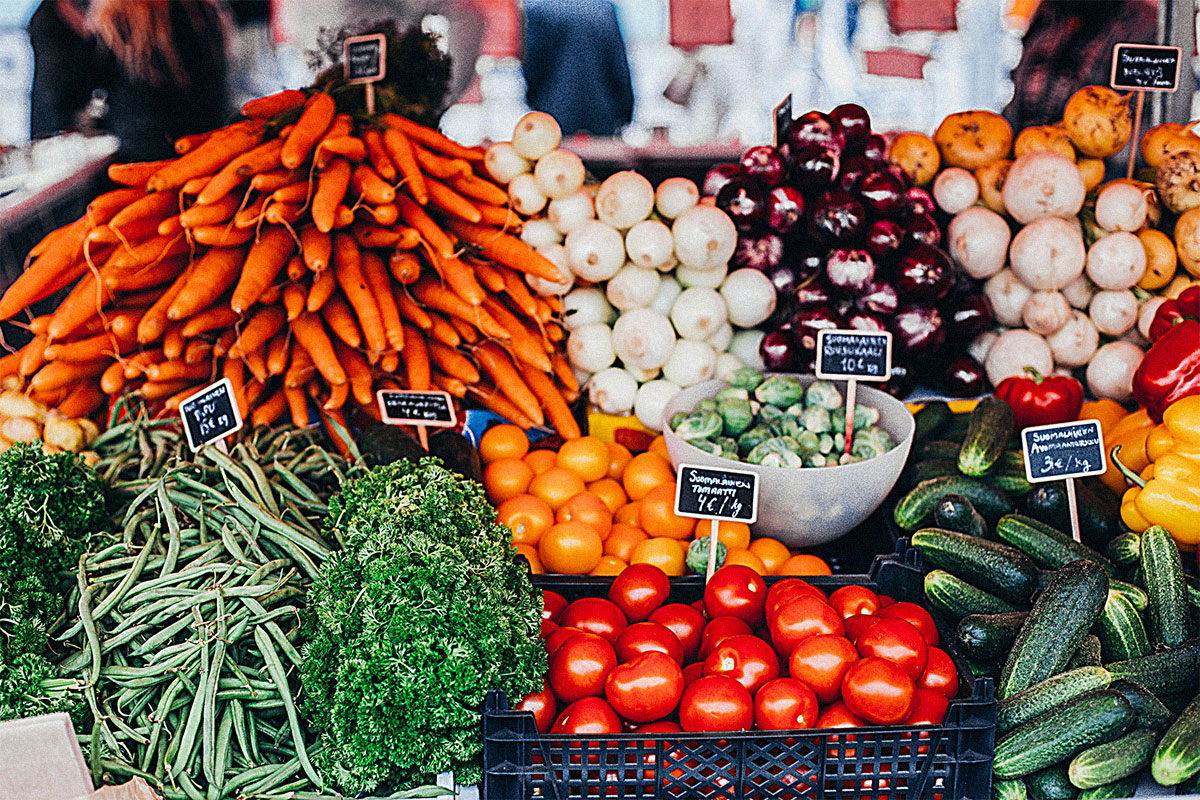 Photo by Daria Shevtsova / Pexels
Photo by Daria Shevtsova / Pexels
6. I Buy Organic and/or locally produced food
I buy organic as much as possible and also try to be mindful of where things are produced. How far has this been transported to reach my grocery store?
For instance, if I have the choice of cucumbers from Sweden or Spain, I’ll choose the cucumbers from Sweden because they will have less of a climate impact since they’ve not been transported as far.
It’s all about using your power as a consumer to impact supply and demand. The less demand there is for products that require long haul transport, the less they will be supplied, and that’s a win for the environment!
 Photo by Cristiana Raluca / Pexels
Photo by Cristiana Raluca / Pexels
7. I don’t own a car
Ok, so I don’t actually have a driver’s licence so it would be pretty strange if I owned a car. But that’s just one more thing that lessens my climate impact – I never drive. Which brings me to my next point…
8. I travel by public transportation
I travel to and from work by public transportation (subway) every day. And I walk and bike a lot everywhere too.
Taking public transportation like the subway or a bus releases a lot less emissions than driving your own car everywhere, but if you really want to cut back on your emissions then biking or walking is even better.

9. I Food prep every week
Every weekend, I prepare lunch boxes for work, and dinner for the week.
Not only does this save me a ton of time and money, it also creates less food waste. By planning what I’m going to make and only buying enough ingredients to make those dishes, I’m less likely to end up wasting food.
Since I don’t get takeaway lunch or dinner every day I’m saving a lot of $$ and avoiding plastic take away boxes and cutlery. Win, win!

10. I Use Cloth bags for grocery shopping
Whenever I go grocery shopping I bring cloth bags for my shopping and net bags for fruits, vegetables and other items that can be bought in bulk.
This creates less waste (especially plastic waste).
I see so many people using plastic bags for a single onion or a bunch of bananas and it makes me cringe – you don’t need to put them in a bag if it’s just one item or bananas in a cluster. That can be weighed without the bag at checkout. Keep a cloth bag with you at all times so you never have to buy or use plastic bags.
11. Minimal Consumption
I try to only shop when I really need something. I’m not perfect and I’m constantly trying to get better at this by being mindful of my consumption.
I’m also taking conscious steps to avoid temptation by unsubscribing from newsletters and fast fashion brands on social media. Marketing is designed to convince us that we need to buy more stuff. And that’s one thing I (and you) definitely do not need in our lives. Unsubscribe and unfollow now! You’ll likely feel a lot more calm without all that marketing hounding you 24/7.
Another tip is to have a 30 day rule. If you see something you want, wait 30 days and see if you still want (or need) it after those 30 days. Most likely, you’ll have forgot about it within those 30 days.
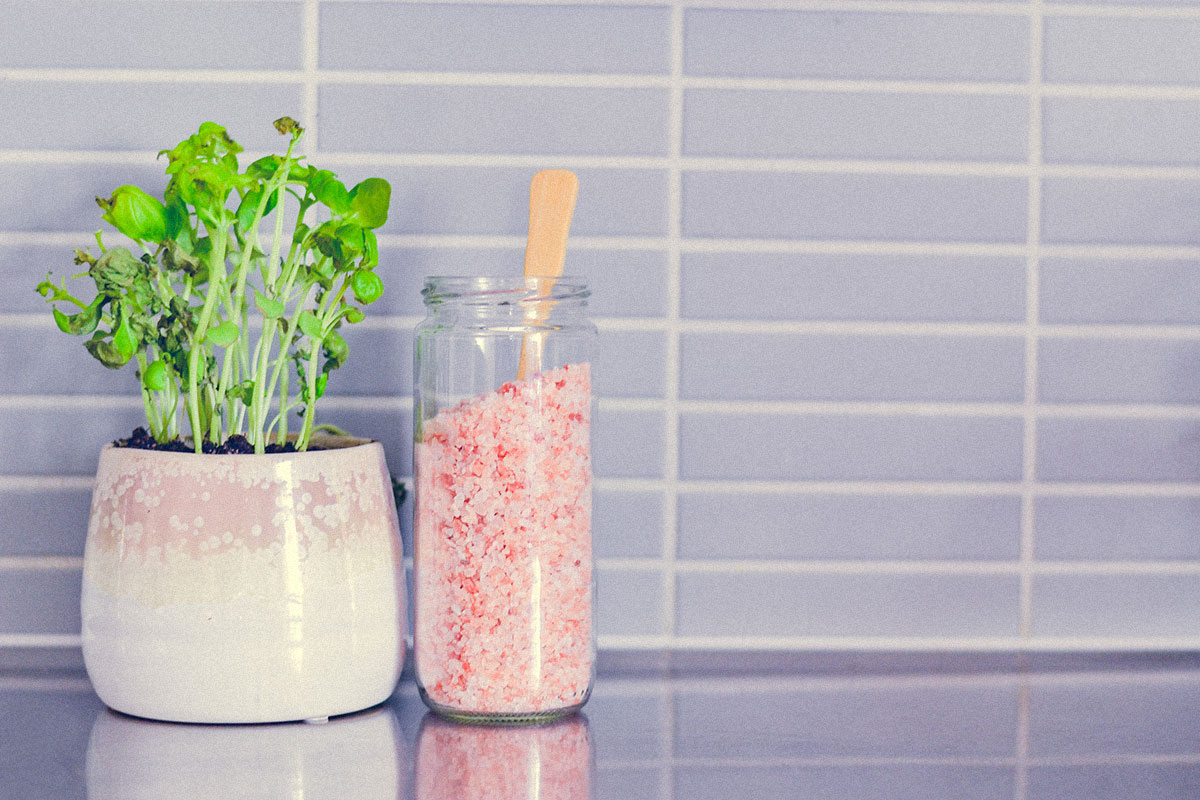
12. Minimalistic Lifestyle
Living in a minimalistic way goes hand-in-hand with sustainability. A minimalistic lifestyle means less stuff and in effect, less consumption.
I’m constantly on a mission to minimise even more (I overhaul my possessions regularly and give things away to charity). Aiming to live a minimalistic life has a lot of advantages. Not only are you saving money because you’re consuming less, you’re also creating less waste and in doing so reducing your climate impact.
Living a minimalistic lifestyle also means you are removing clutter from your life and with that you’re removing the feeling of stress and disorder that having all that stuff around you creates. And, as an added bonus, you can travel or move homes more easily since you’re not weighed down by all that stuff you’ve been hauling around.
13. Digital Receipts & Post
I’ve unsubscribed from marketing letters in the post to avoid getting wasteful magazines and paper mail. Of course, it’s not possible to opt out of everything. However, there are more and more sustainable options coming for old school mail as well.
If you live in Sweden, you should download the app Kivra. They have partnered with nearly 15,000 companies and authorities so that you can get mail from them via the Kivra app instead of documents and letters being printed on paper and then transported to your mailbox.
A lot of stores have started offering digital receipts as well, check with your local grocery store and ask if it’s possible to opt out of a receipt or get it digitally. In Sweden, you can sign up for digital receipts at the grocery store Hemköp.
 Photo by Singkham / Pexels
Photo by Singkham / Pexels
14. I turn lights & other electronics off when I’m not using them
I make sure to turn lights and other electronics off when I’m not using them. Nothing should be left idling unnecessarily.
Leaving electronics and lights on when you’re not using them means you’re wasting costly electricity. Not only is your electricity bill going to be higher, more importantly – you’re contributing to the burning of fossil fuels (CO2 emissions) to keep that light in the other room shining.
So, TV off when you’re not watching, lights off when you don’t need them, and don’t leave your electronics charging more than necessary.
15. I opt for zero waste alternatives
I’m in the process of switching out items I use regularly for reusable, zero waste, alternatives.
One-time-use paper coffee filters have been replaced with a reusable fabric coffee filter. I sewed reusable fabric rounds to replace one-time-use cotton rounds. I’m transitioning to using vinegar, hot water, baking soda and other natural chemicals for cleaning, and I’ve also got biodegradable coconut dish sponges. I use glass and metal boxes and jars for food.
Oh, and best thing ever – for years I’ve been using a menstrual cup and absolutely swear by it, never turning back!
In addition to the above, I’m patiently finishing the products I have so that I can replace them with zero waste alternatives. Like switching my razor for a stainless steel safety razor, getting organic, vegan and zero waste alternatives for my makeup (from Zao, Organic Makers and Elate), replacing plastic wrap for vegan wax wrap, and getting a biodegradable case for my smartphone.
Quick Recap
Okay, so that was a lot. Good for you getting this far. Let’s do a quick recap with a condensed version of the list to give you a quick overview of the 15 Things I Do To Live More Sustainably, so that you can do them too:
- Recycling paper, plastic, metal, glass, electrical waste and more.
- Bring your own reusable, eco friendly, cutlery and takeaway cup
- Eat vegan
- Avoid flying & climate compensate when/if you have to fly (get pumped to travel by train)
- Shop second hand
- Buy organic and/or locally produced food
- Don’t own a car
- Utilize public transportation
- Food prep every week
- Use cloth bags for grocery shopping
- Minimise your consumption/shopping. Basically, stop buying junk you don’t need
- Adapt a minimalistic lifestyle
- Sign up for digital receipts and post
- Turn lights and electronics off when not using them (i.e don’t waste electricity)
- Opt for zero waste alternatives
So there you have it! These are just some of the things I do to live more sustainably. I also take short showers. Now show me your list!


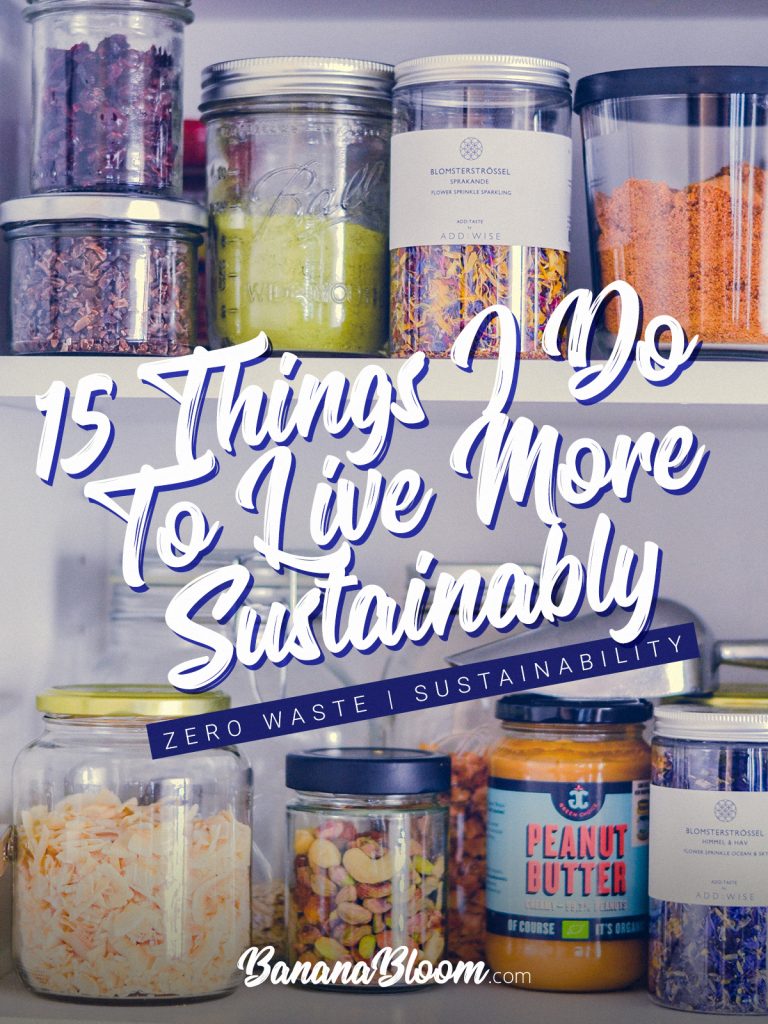
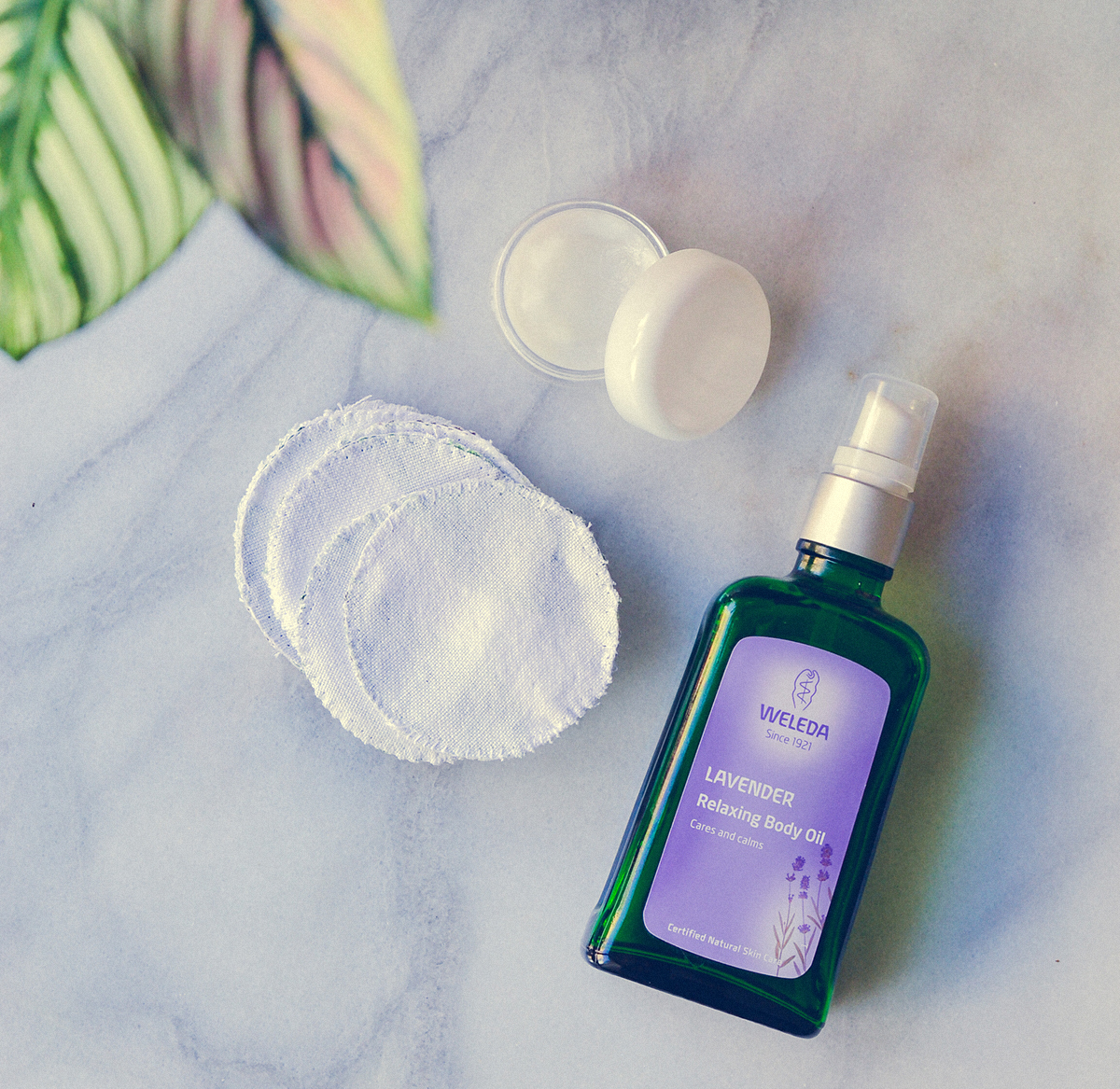

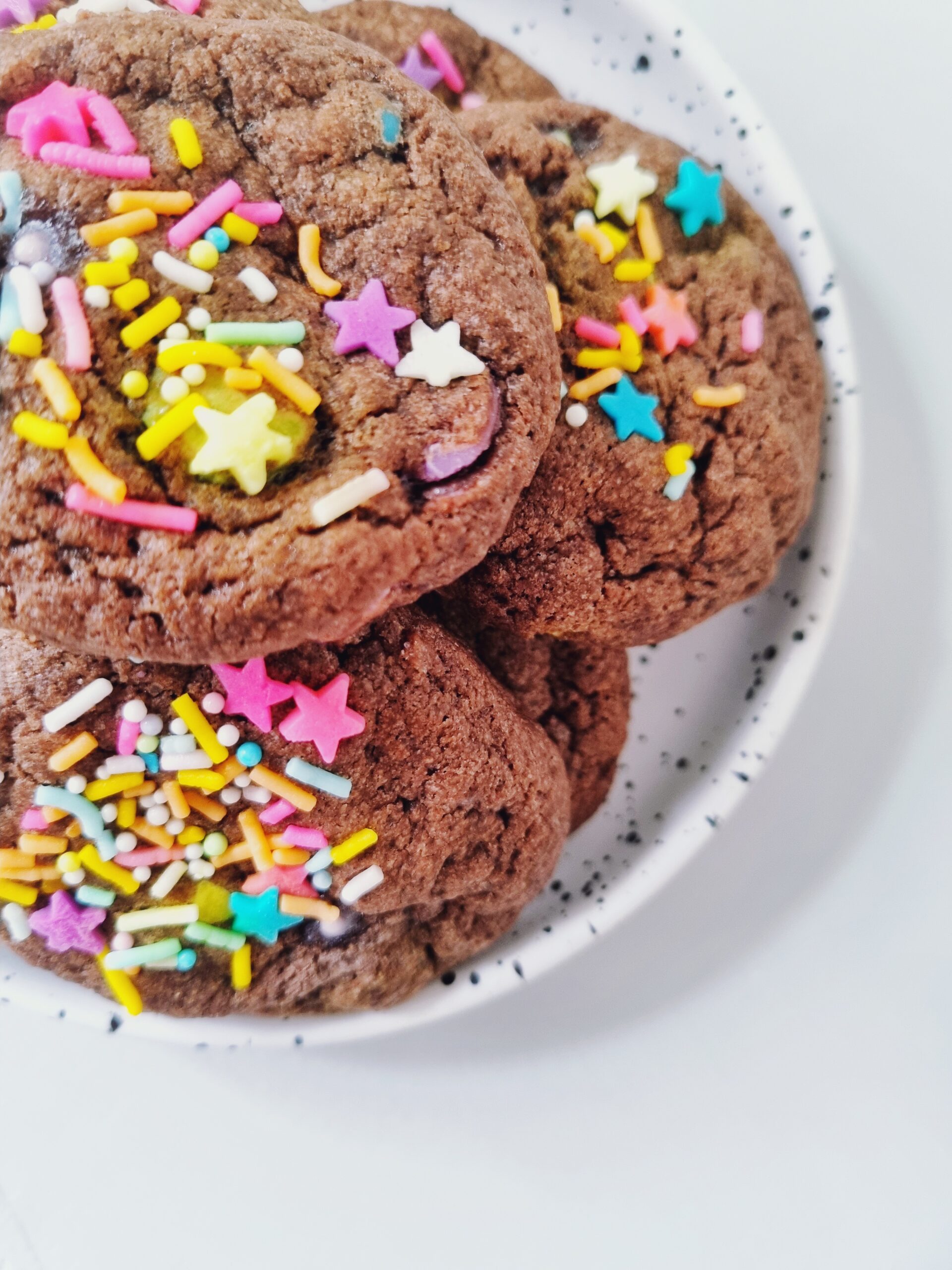

2 Comments
Thanks for all the tips! I’m trying to think more about sustainability myself. I have a similar situation with family, I live here in Stockholm but my family is in the US, plus I’m asked to travel several times a year for work — but I’m trying to only choose to do those things when I absolutely have to. And it’s a good tip to climate compensate for them if you can afford to (and SAS even lets you do it on your booking now!)
I am curious about your tips for vegan/sustainable makeup and bath/body products. Have you written a blog post where you write about your favorite products? Thanks!
Hi Emily!
Good for you trying to live more sustainably! We’re all just doing what we can and in my experimenting with it this past year I’ve learned that it is so important to try to find balance. We can’t do everything but we can find certain things to try to do differently or in a more sustainable way. My family is too important for me to not ever travel, so I know that is something I will occasionally do.
I haven’t written a post about sustainable/vegan makeup and beauty (yet)! I’ve shared a lot of that on my Instagram @banana.bloom but will try to put together a post of it too. Right now most of my makeup is from Zao, for shampoo I use “Beauty Cubes” (you can find them at PlasticFreedom.co.uk) and I use a bar of soap in place of shower gel. Other than that I don’t use many beauty products. Check out jordklok.se, laplandekostore.se, and medvetna.se for Swedish-based shops that have lots of eko, vegan and sustainable options.
Hope that helps! :)